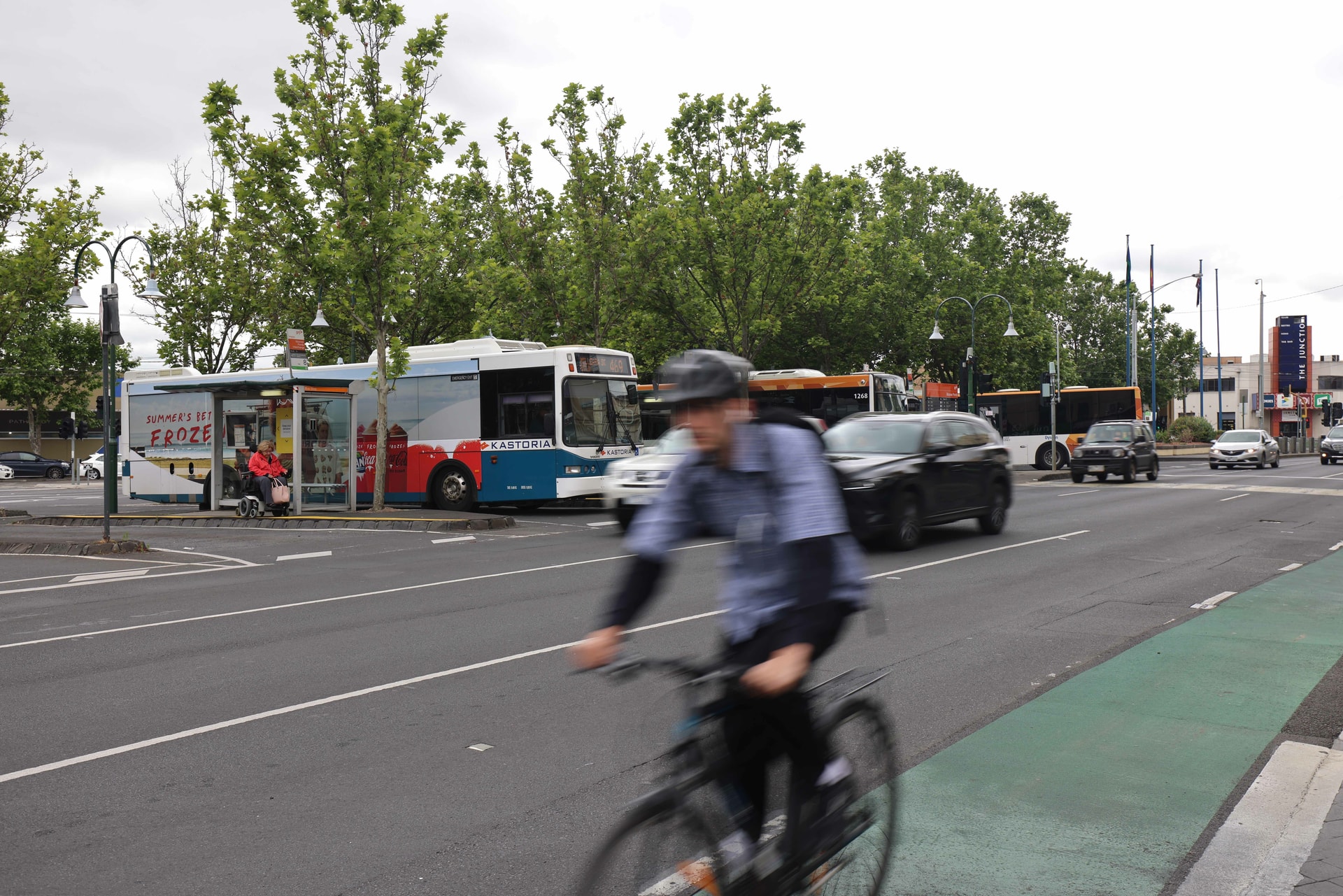How cycling to work could wheely help our city

Encouraging more people to travel around inner Melbourne by bike or on foot is a key driver in getting the city moving again...pardon the pun.
Cycling and walking are great for health and wellbeing. Doing either for just 30 minutes a day, five days a week, can significantly reduce the disease burden from physical inactivity.
But there also a range of other environmental and economic benefits for our society, particularly as activity starts to return to the city centre.
We’ve been looking into travel behaviour across Melbourne and what it means for our roads and public transport networks. And we’ve identified that a growing number of city-goers are using their cars to get to and travel around the inner city.
If this trend continues, we will have a problem.
According to our transport modelling, without government intervention this could lead to around 15% more cars on inner Melbourne roads compared with pre-COVID levels. This is the equivalent of 100,000 extra car trips every day.
Unlocking more cycling and walking opportunities around the city is a cost-effective solution to prevent this from happening.
We’ve found around 265,000 short trips in inner Melbourne that could be cycled or walked every day. But research has found while 60% of Victorians are curious about cycling, many feel unsafe to do so.
Confidence to cycle is the number one consideration, which is why we’re calling for the Victorian and local governments to invest in more separated, designated cycle paths so that riders feel safe to travel in and around the inner city.
This builds on recommendations in our draft 30-year infrastructure strategy for better active transport options across metropolitan and regional Victoria. We’re currently undertaking extensive community consultation on our draft strategy.
We’ve also suggested we could explore incentivising cycling to work as another way to cut congestion and increase the benefits of active transport. This concept is not a new one, and has been used in cities across Europe and the UK where in some instances there are small subsidies for cycling equipment or financial arrangements between employers and employees.
It’s not just the cyclists that benefit from more active transport. It could also cut travel time for motorists and enable more reliable and safer trips for public transport users.
An increase of 55% of people choosing to cycle could save inner Melbourne motorists the equivalent of around 18 minutes of time stuck in traffic every week.
Of course active transport also includes pounding the pavement. If 50% of short private-vehicle trips were instead made by walking, it would save the Victorian economy approximately $165 million a year in congestion, health, infrastructure and environmental costs.
If we don't make a change now, our modelling indicates increased car use could cut average vehicle morning peak speeds from 27 km/h to under 21 km/h across inner Melbourne. To put that into perspective, the average comfortable commuter cycling speed is 25 km/h.
Increased congestion means longer travel times and frequent gridlock on the road network. There is a risk these behaviours become entrenched and create long-term negative implications for Melbourne’s liveability and economic productivity.
On the path to recovery from the pandemic, it's important to set ourselves up for a better new normal – with more efficient roads, less crowding on public transport and increased active transport – an opportunity to make Melbourne a better place.
Read our 'Transporting Melbourne’s Recovery: Immediate policy actions to get Melbourne moving report' to find out more.